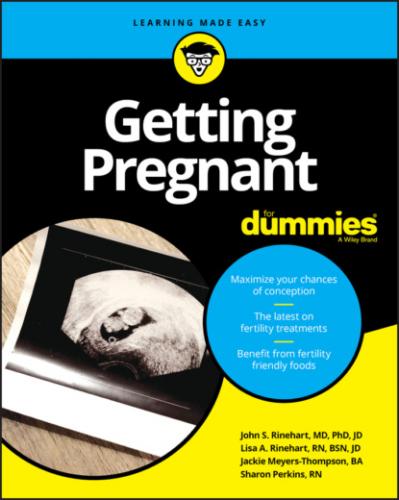Losing support the second time
Another emotional dilemma of secondary infertility can be the lack of support from those who once mopped your tears. “Be thankful for the child you have,” family and friends may snap at you impatiently. It’s hard to explain that you’re immensely grateful and through the joy of conceiving, delivering, and raising your first son or daughter, you have awakened your own inner parent, one that dreams of adding to the flock.
You can’t quantify pain, particularly not that of another. Many women grieve as much for the inability to have child number 3 as others do for number 1. Dreams are highly personal and don’t generally adjust themselves too easily to life’s ups and downs. But, explaining that to family and friends who don’t understand can be as challenging as any other aspect of secondary infertility. Even “classic” forms of support, including the internet, often disregard those suffering from secondary infertility, claiming that at “least” they have a child.
You are not alone. Look for specific friends and organizations, whether online or in person, that address some of the issues of secondary infertility. You may be surprised, upon getting to know other parents in your child’s playgroup, to find that others have or are dealing with the same issues.
After a particularly painful second-trimester loss of a second child, Jackie was swinging her daughter Ava in the park one day in between two pregnant mothers (just for the record, Jackie was there first!). As Jackie quietly bemoaned her fate, feeling sorry for herself and simultaneously jealous of these strangers, she found herself eavesdropping on their conversation. One of the mothers was sharing how she was just approaching the “critical” point of her pregnancy. As she appeared to be ready to pop, Jackie was a bit confused and continued her nosy vigil. Apparently, she had prematurely delivered her last child at seven months and the baby had not made it. This woman, who Jackie saw as filled with baby and with hope, had endured an even greater tragedy than Jackie had. This is a good reminder to not measure your insides against another’s outsides.
Planning Treatment for the Second Time Around
Approaching secondary infertility is not that different from approaching primary infertility. First, what were the circumstances surrounding the previous pregnancy: Was it spontaneous or was it achieved through treatment for infertility? If there was an infertility diagnosis, is that a diagnosis that does not change as a result of a pregnancy? Have you tried long enough: six months if over the age of 35 and one year if younger? Has something changed in your life that would suggest a change in fertility?
Consult your doctor or, if you were working with an REI, consult with that REI.
At this point, diagnostic testing will usually be in order. Check all three areas associated with normal fertility: eggs, female anatomy, and — yes — the male.
Based upon the results of these tests, you can choose a path that gives you the best chance for another successful pregnancy.
Success rates for secondary infertility are the same as for primary infertility because they are based upon the diagnosis. If the diagnosis has changed — for example, age-related infertility — then the chance of success may be less than it was for the first pregnancy. Only your medical provider can determine this.
Part 2
Taking the Initiative
IN THIS PART …
Find out how to improve your efforts by looking at ovulation predictor kits and timing sex right.
Be aware of some special situations that may throw a wrench in your plans, including age and certain diseases.
Get modern medicine on your side.
Look at diets and supplements and what effect they may have.
Manage emotions and relationships while on the bumpy road of fertility issues.
Конец ознакомительного фрагмента.
Текст предоставлен ООО «ЛитРес».
Прочитайте эту книгу целиком, купив полную легальную версию на ЛитРес.
Безопасно оплатить книгу можно банковской картой Visa, MasterCard, Maestro, со счета мобильного телефона, с платежного терминала, в салоне МТС или Связной, через PayPal, WebMoney, Яндекс.Деньги, QIWI Кошелек, бонусными картами или другим удобным Вам способом.
